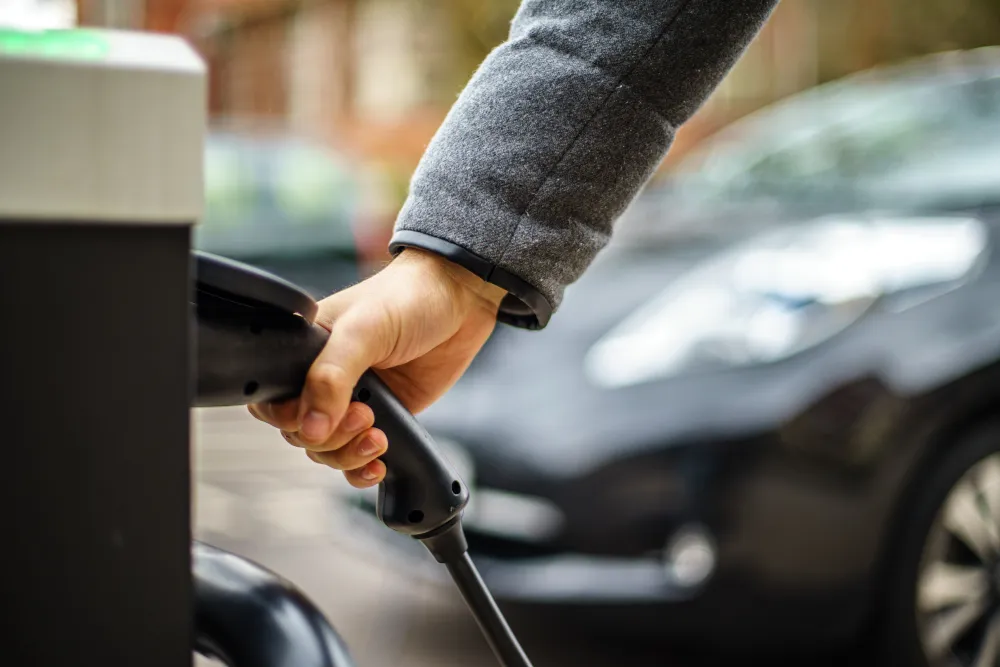The air shutter system uses sensors to feel and sense wind and temperature conditions. The sensors are married to electric motors that open and close the shutters automatically. With the shutters closed at high speeds, wind drag is reduced. At lower speeds, the shutters open to maximise engine-cooling air flow. Chevrolet says the air shutter system contributes nearly half a mile per gallon in combined city and highway driving.
The cooling systems for all GM vehicles are designed for the worst-case scenario, which is pulling a trailer up a grade in Death Valley. The shutter allows them to significantly improve fuel economy, while still providing the cooling needed in that extreme case.









